Why Did the Irvine Family Sell the Company
History
The James Irvine Foundation was founded in 1937 with the broad mandate to do good the people of California.
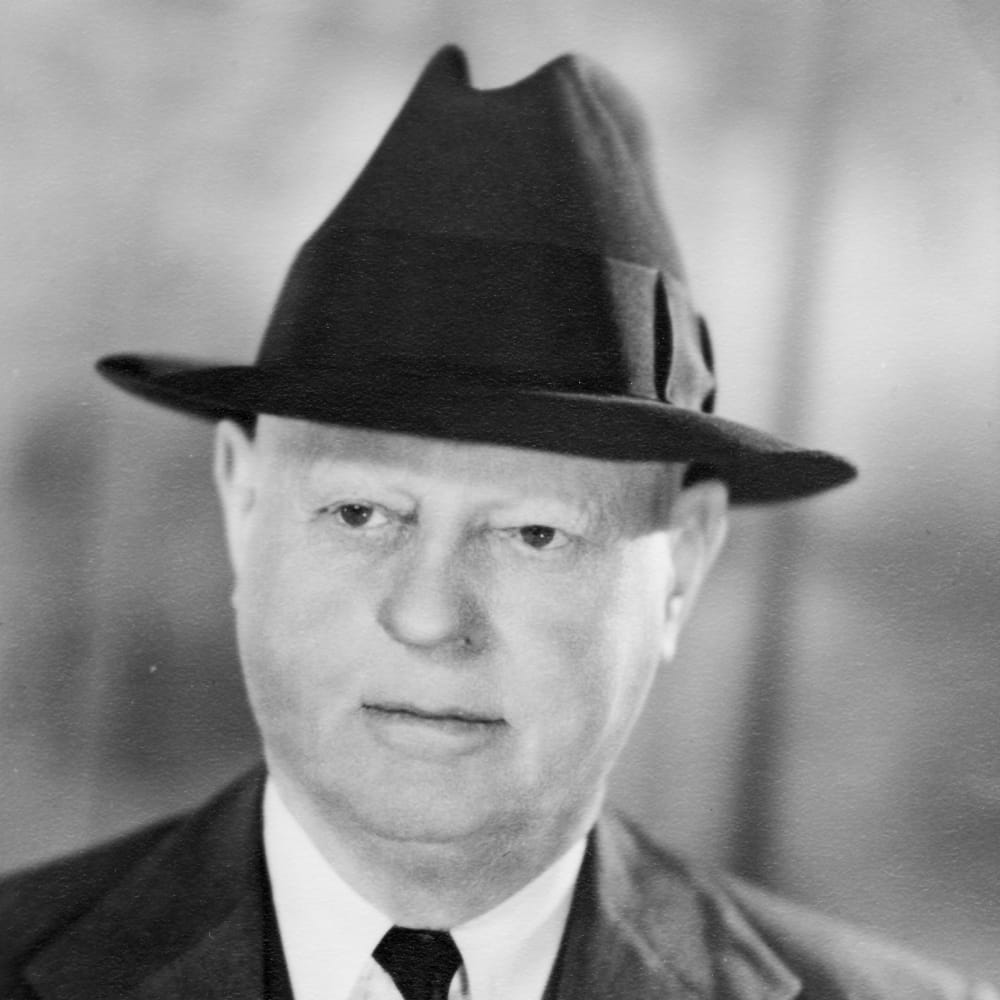
James Irvine
James Irvine was a pioneer of California agriculture who built his family unit's Southern California ranch into one of the country's earliest, most productive, large-scale enterprises for agriculture. He inherited the vast ranch in 1886 and cultivated near of its 110,000 acres with grains, vegetables, citrus, and more than. He had a groovy business sense and heavily reinvested the ranch's earnings back into his enterprise. Later, it would exist this aforementioned belief in reinvestment that would spur his interest in philanthropy.
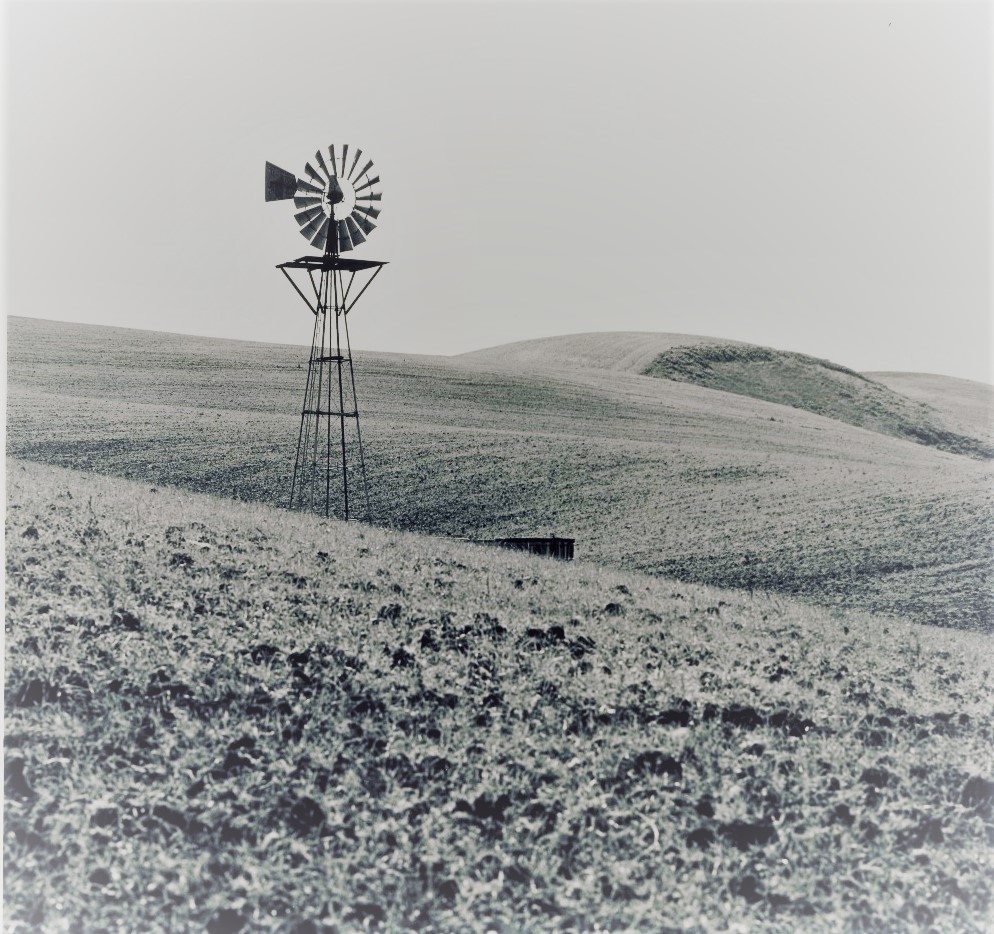
A foundation is born
The James Irvine Foundation was created in 1937 as the primary stockholder of The Irvine Company, which held his 110,000 acres of prime number ranch and agronomical land — near a third of present-day Orange Canton. The Foundation fabricated its starting time grant in 1938 for $1,000. By the time of James Irvine'south death in 1947, the Foundation had distributed $30,950, primarily to educational, cultural, wellness care, and community-service organizations. Later on his expiry, the Foundation began receiving the total proceeds from Mr. Irvine'due south stockholdings, which greatly increased its grantmaking.
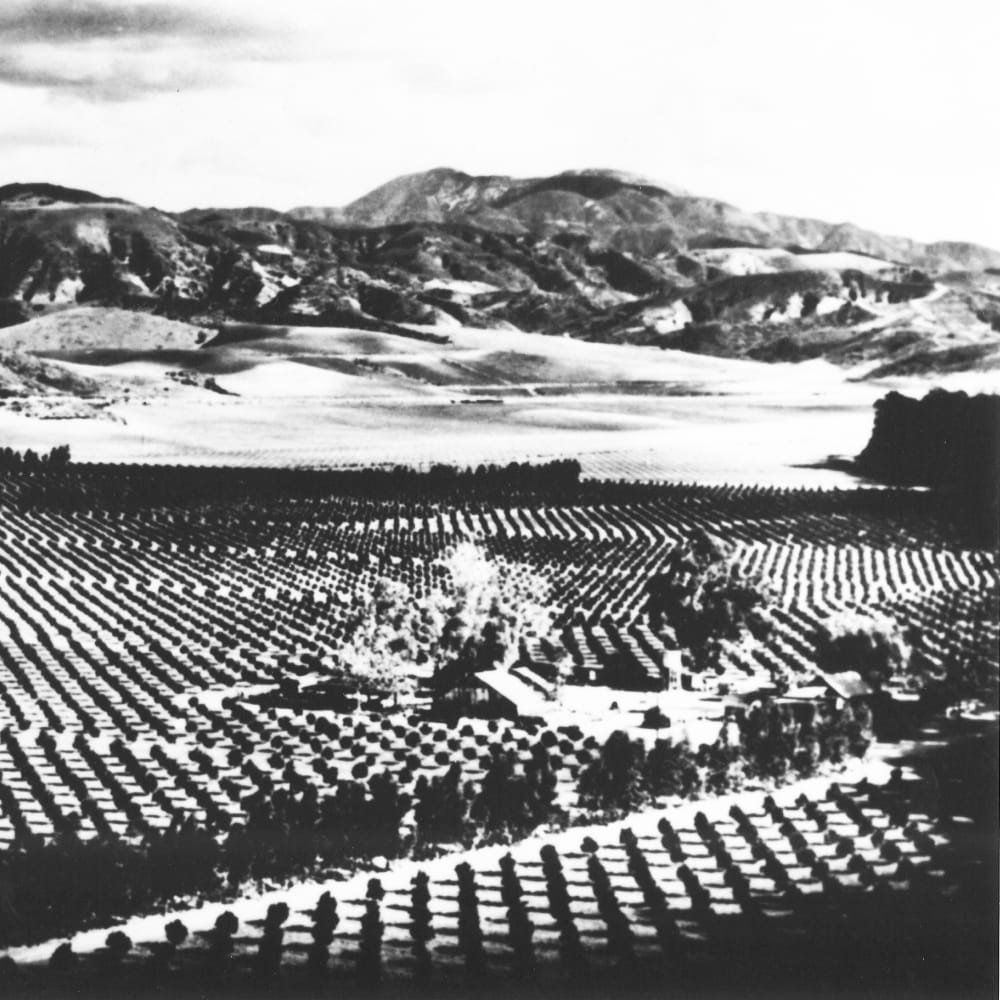
Son of a 49er immigrant
It all began when James' father, James Irvine Sr., left Republic of ireland for the U.S. at the age of xix. It was 1846, and he before long joined other immigrants in California equally function of the 1849 gilt blitz. James Sr. worked equally a miner and merchant, and in 1854 he bought an interest in a San Francisco grocery business. He then began investing in real estate in Northern California and joined several partners in purchasing three major Spanish-Mexican country grants southward of Los Angeles. By the fourth dimension he died in 1886, James Sr. left his son a valuable legacy in Southern California: 110,000 acres of ranch land.
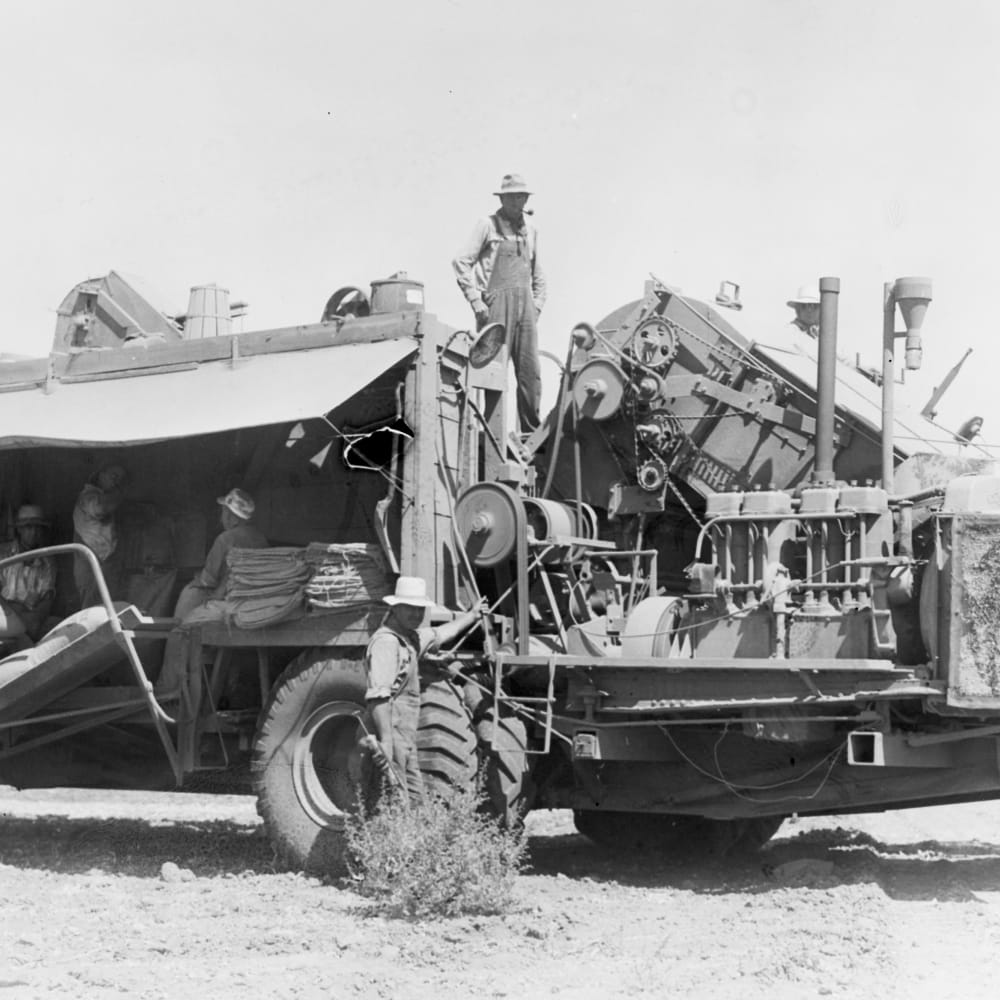
Agricultural innovations build the Irvine Visitor
James Sr. had used the Irvine Rancho San Joaquin to enhance sheep, but his son saw in the grass- and cactus-covered state an opportunity for cultivation. He became 1 of the land's beginning major agricultural growers — and took risks. He believed in the fertility of the state and experimented with new cultivation methods, diversified crops, and drilled h2o wells and a canal. In 1898, he incorporated the ranch holdings nether The Irvine Visitor, and by 1910 the ranch was the state's almost productive farm and its largest producer of beans and barley. In 1930, the ranch'due south crops also included oranges, cauliflower, grapes, and papayas, making information technology a forerunner of the state's big-scale agricultural operations.
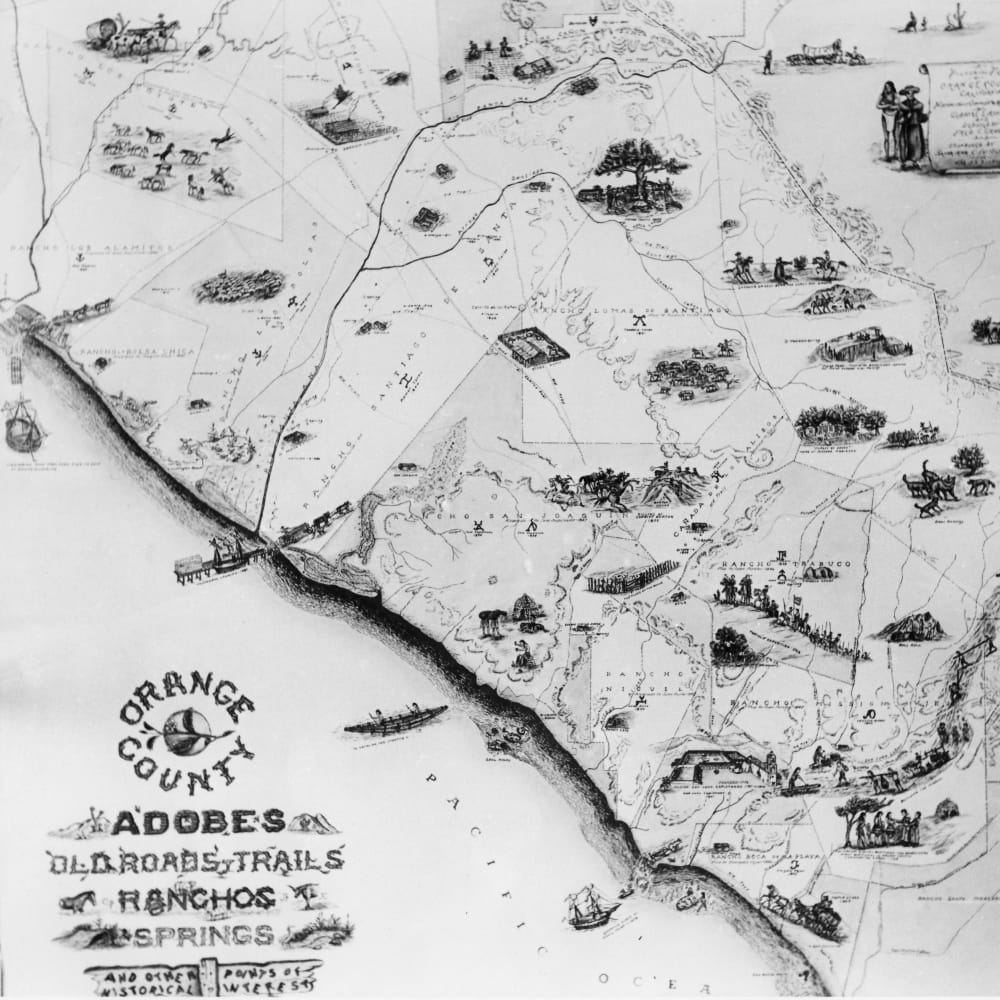
From agriculture to real manor
Southern California's growth in the 1940s and 1950s changed the nature of The Irvine Visitor investments — and increased their value. New residents poured into sprawling cities built on prime agricultural country. Unplanned sprawl ensued, just the Irvine Visitor took a more than deliberate approach to community planning to ensure a range of uses, from college educational activity to agriculture. (The visitor provided the initial state for the campus of the University of California, Irvine.) Just every bit the ranch was known for its new agricultural techniques, the real manor visitor gained a reputation for large-scale planned communities.
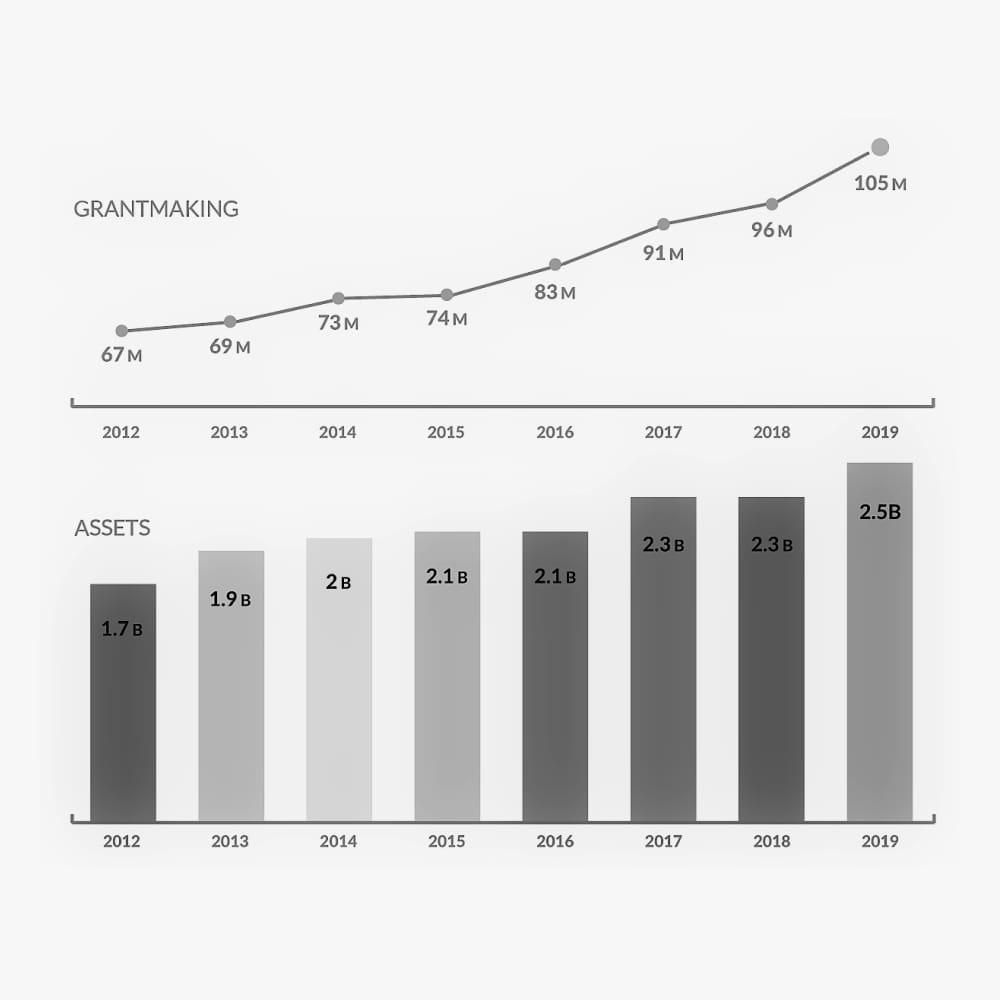
The endowment and giving abound significantly
In 1977, the Irvine Foundation was forced to sell its share in the company to comply with new federal legislation. When James Irvine died in 1947, his bequest to the Foundation was valued at $five.6 million. Thirty years later on, sales of the Irvine Company shares grew the Foundation's endowment to $184 million. The Foundation endowment has continued to grow, reaching over $iii billion in 2021. This has immune for increasing levels of grantmaking to California nonprofits, including $128.nine million in 2021. As the grantmaking grew, the Foundation became more intentional about its strategies for giving and growing its staff and board, with offices in northern and southern California.
Past Directors
Myford Irvine 1937–1959 (Chair 1937–1959)
Katharine Irvine 1937–1950
North. Loyall McLaren 1937–1977 (Chair 1959–1976)
A. J. McFadden 1937–1975
James K. Scarborough 1937–1968
Paul A. Dinsmore 1937–1950
Due west. H. Spaulding 1937–1944
Robert H. Gerdes 1944–1982
Kathryn L. Wheeler 1950–1997 (Honorary Manager 1998–2003)
West. B. Hellis 1950–1958
James H. Metzgar 1958–1979
Edward W. Carter 1959–1989
John 5. Newman 1963–1988 (Vice Chair 1983–1988)
Mark R. Sullivan 1963–1970
Morris Grand. Doyle 1965–1989 (Chair 1976–1989)
John A. Murdy Jr. 1965–1973
John S. Fluor 1968–1974
Rudolph A. Peterson 1971–1982
Stanton G. Hale 1974–1976
J. Robert Fluor 1977–1984
Camilla C. Frost 1978–1999
Roger West. Heyns 1978–1994 (Vice Chair 1988–1994)
Virginia B. Duncan 1978–1991
Walter B. Gerken 1980–1995
Myron Du Bain 1982–1996 (Chair 1989–1996)
Samuel H. Armacost 1982–2004
Forrest North. Shumway 1985–2000
Edward Zapanta, Yard.D. 1988–2001
Donn B. Miller 1989–2000 (Vice Chair 1994–2000)
Joan F. Lane 1990–2001
James C. Gaither 1991–2003 (Chair 1997–2003)
Angela Glover Blackwell 1991–1994
Dennis A. Collins 1994–2002
Blenda J. Wilson 1995–1999
Patricia S. Pineda 1995–2006 (Vice Chair 2006)
Peter W. Stanley 1997–2006 (Chair 2003–2005)
Toby Rosenblatt 1996–2008 (Vice Chair 2007–2008)
Gary B. Pruitt 1999–2009 (Chair 2006–2009)
Peter J. Taylor 2000–2012 (Chair 2010–2012)
Cheryl White Mason 2000–2003
Greg Avis 2002–2016 (Chair 2013–2016)
Mary Thousand. F. Bitterman 2002–2003
Frank Cruz 2002–2014
David Mas Masumoto 2002–2014
Molly Munger 2002–2013
Jim Canales 2003–2013
Reggie Muehlhauser 2004–2016
Dr. Steve Schroeder 2004–2015 (Vice Chair 2014–2015)
Lydia Villarreal 2005–2019 (Chair 2017–2019)
Jane Carney 2006–2017
Paula Cordeiro 2007–2018
Isaac Stein 2007–2018
Virgil Roberts 2009–2021
Samuel Hoi 2011–2014
Source: https://www.irvine.org/about-us/history/
0 Response to "Why Did the Irvine Family Sell the Company"
Post a Comment